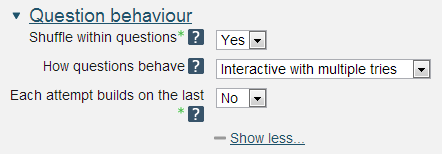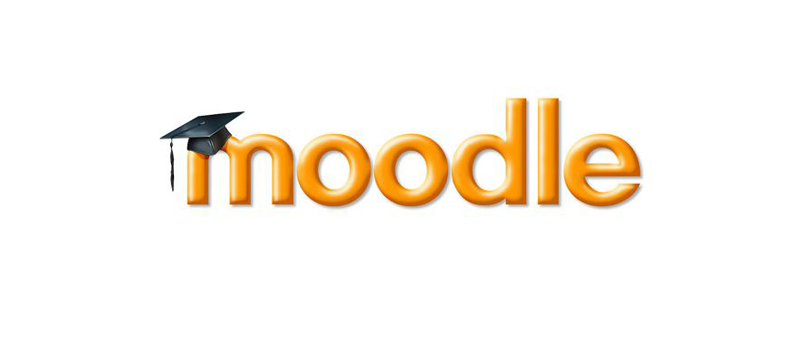1.7 Question behaviour

How questions behave: The choices are:
- deferred feedback
- interactive with multiple tries
- deferred feedback with CBM (Certainty Based Marking)
- immediate feedback (like interactive but without the multiple tries)
- immediate feedback with CBM
Note that Essay questions are not marked by any of the above and have to be manually graded.
Certainty based marking ( http://docs.moodle.org/ 26/ en/ Using_certainty-based_marking [Tip: hold Ctrl and click a link to open it in a new tab. (Hide tip)] ) asks students to reflect on their knowledge and indicate how certain they are about their answer. This certainty level is then used in assigning marks. A high degree of certainty in an incorrect answer results in a substantial penalty. Low certainty gives a lower reward but no risk of negative marking. This encourages reflection and rewards acknowledgement of uncertainty, while also retaining conventional information about student accuracy.
| Student's certainty | Mark if correct | Mark if incorrect |
| Low (C=1) | 1 | 0 |
| Medium (C=2) | 2 | -2 |
| High (C=3) | 3 | -6 |
Where questions are assigned weights different from the default (1.0), marks are multiplied by the weight. Partially correct answers are given the appropriate fraction of the mark for a correct answer.
Advanced settings
Shuffle within questions: Default OU setting = Yes. When testing an iCMA it is sometimes easier for the tester if shuffling within questions is turned off temporarily. This setting overrides the setting within individual questions.
Each attempt builds on the last: Default OU setting = No.
1.6 Layout
